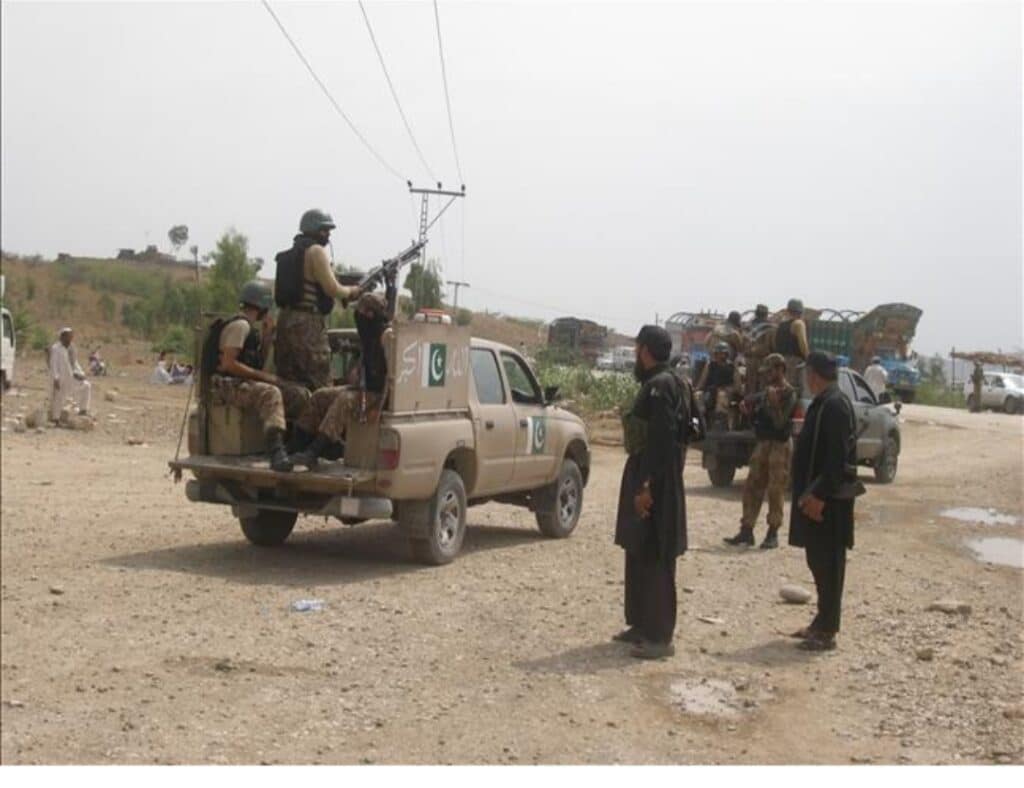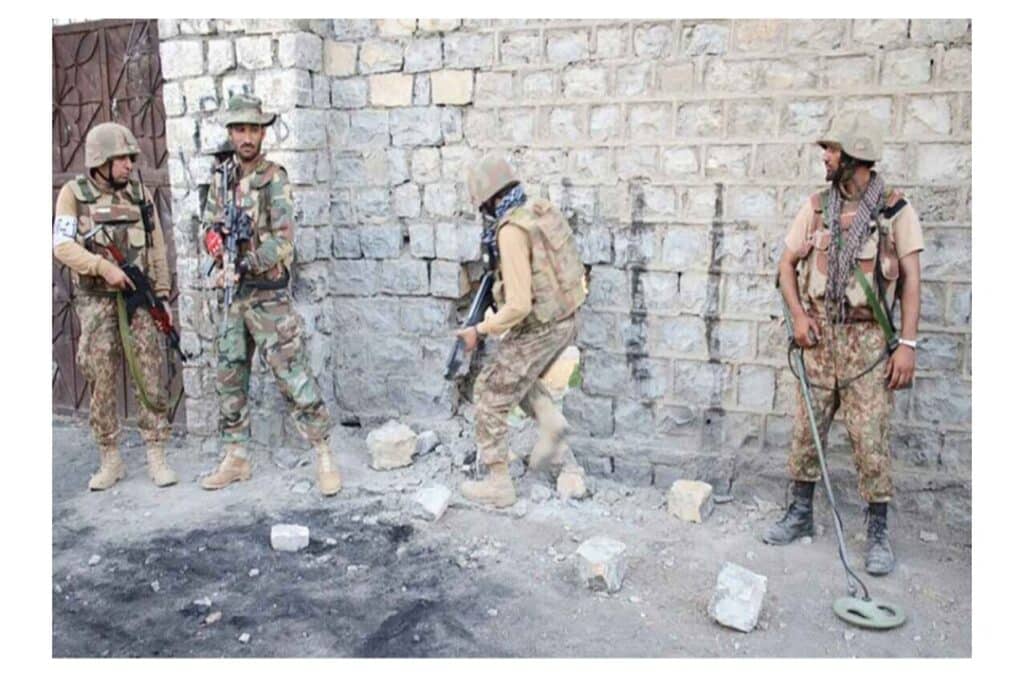Muhammad Haseenullah
In a chilling reminder of the Taliban’s fragile hold over Afghanistan, authorities recently imposed a 12-hour internet shutdown in Herat province, cutting off all fixed internet connections from 8 p.m. on Monday until 8 a.m. Tuesday. While the official reasoning remains unclear, many are questioning whether this move is driven by the rising number of militant resistance groups, such as the Afghanistan People’s Liberation Movement (APLM), which has stepped up its activities, or whether it’s a response to external pressure—most notably, the looming threat from former U.S. President Donald Trump’s demand to return control of Bagram airbase to U.S. forces.
On the surface, the shutdown appears to be a precautionary measure in light of growing instability. The APLM, a little-known but increasingly active faction, claimed responsibility for a deadly attack in the Guzara district of Herat, where two Taliban fighters were killed. This attack, while not unprecedented, marks a disturbing trend: the number of insurgent groups rising in the western and northern regions of Afghanistan, areas that were once considered relatively stable under Taliban control.
But is the Taliban’s fear truly about a handful of militant factions, or could it be that they are anticipating a larger, more widespread revolt? The rising resistance groups, along with Trump’s ominous demand for Bagram’s return, may be stirring anxieties among the Taliban leadership. Trump’s blunt warning—“bad things will happen” if the U.S. does not regain control over the key military base—has likely reached the ears of ordinary Afghans, further fueling discontent and potentially laying the groundwork for a nationwide uprising against the Taliban.
Adding to this sense of dread, the Taliban have been systematically restricting access to digital services. Over the past 10 days, fibre-optic internet has been disabled in multiple provinces, forcing people in places like Herat to rely on slower DSL connections. The blackout in Herat marked the first time the Taliban enforced a complete overnight shutdown in a province, an act reminiscent of their pre-2021 strategy of limiting access to telecom services in rural areas at night.
The fact that fibre-optic internet was cut off across several provinces, including Mazar-i-Sharif, is more than just a technical inconvenience—it is a powerful tool for controlling information and quelling dissent. With the media landscape already heavily censored and social media platforms tamed, the Taliban’s actions are stoking fears of a future where the people of Afghanistan have little to no access to reliable news or the means to organise.
As the Taliban’s internet shutdowns continue to disrupt daily life, the question remains: Is this merely a tactical measure to stifle communication, or does it signal a deeper fear of growing opposition both from within Afghanistan and from the pressure mounting internationally? The next few months may reveal just how fragile the Taliban’s control over the country really is, especially if ordinary Afghans begin to see the true cost of their leaders’ unyielding grip on power.





